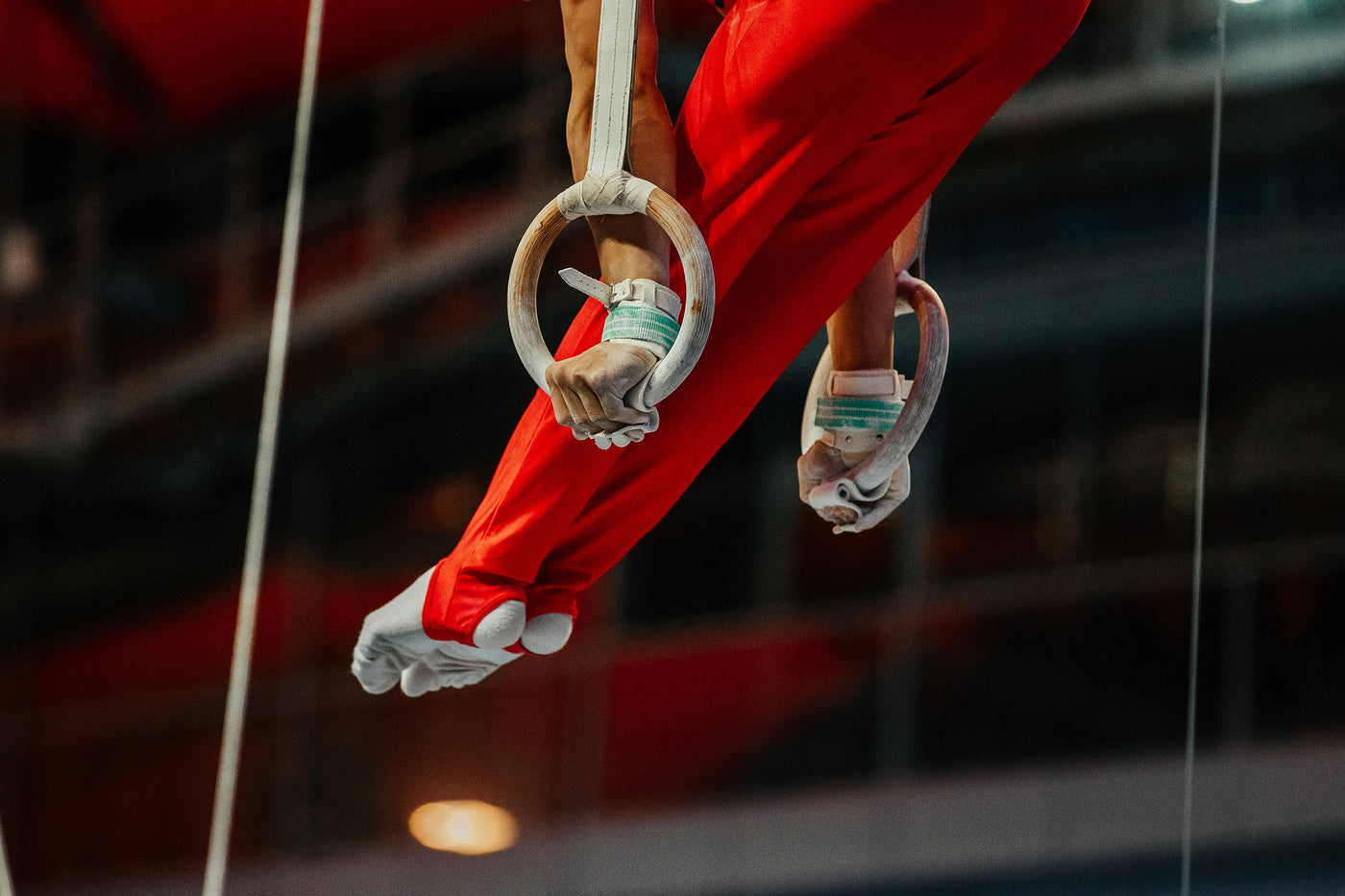Exercise Anatomy
Pullover
The Pullover is a versatile exercise targeting the upper body, engaging the chest, back, and triceps. Its uniqueness lies in its ability to stretch and strengthen the ribcage muscles, enhancing overall torso development. Add the Pullover to your routine for a full upper body workout, promoting muscle balance and flexibility.

Major Muscles and Actions Involved
During the Pullover, the primary joint action is shoulder extension, where the arms move backward from an overhead position. This movement engages the latissimus dorsi, serratus anterior, and pectoralis major muscles. Additionally, the triceps brachii and the muscles of the upper back, such as the rhomboids and teres major, play a supportive role in the exercise, contributing to overall upper body development.

Sports Uses
The Pullover exercise offers direct benefits to athletes participating in various sports that require upper body strength, flexibility, and enhanced respiratory capacity. Swimmers can capitalize on the Pullover's ability to strengthen the lats and serratus anterior, crucial for powerful strokes. In addition, gymnasts and yoga practitioners can find value in this exercise for its contribution to core strength and shoulder flexibility. Incorporating the Pullover into training routines can enhance overall upper body performance, making it a valuable asset for individuals engaged in a diverse range of sports.
Exercise Tips
- Focus on Controlled Movement: Execute the Pullover with a controlled and deliberate motion, emphasizing the stretch and contraction of the muscles involved. Avoid using momentum to ensure optimal engagement.
- Full Range of Motion: Maximize the benefits by performing the exercise through its full range. Lower the weight until you feel a comfortable stretch in the chest and lats, and then bring it back up, maintaining tension throughout.
- Moderate Weight Selection: Opt for a moderate weight to maintain control and avoid unnecessary strain on the shoulders and lower back. The Pullover is more effective with a weight that allows for proper form and muscle connection.
- Mind Your Grip: Use a grip that feels comfortable for your shoulders. Experiment with different hand positions to find the one that best targets your muscles without causing discomfort or stress.
- Explore Variations: Integrate variations into your routine, such as using a barbell, dumbbell, or a stability ball. Each variation provides a unique stimulus to the muscles, promoting overall upper body development.
Bonus Tip: Breathe Consistently: Inhale deeply as you lower the weight and exhale during the upward phase. Maintaining a consistent breathing rhythm enhances oxygen flow, supporting endurance and performance during Pullovers.
